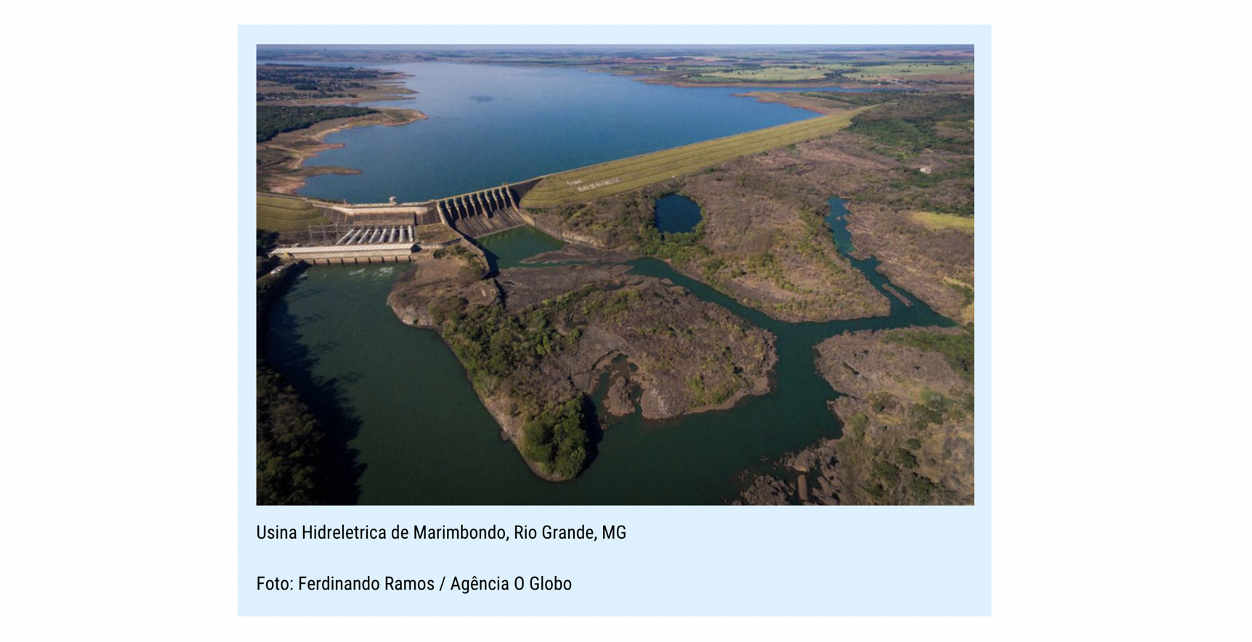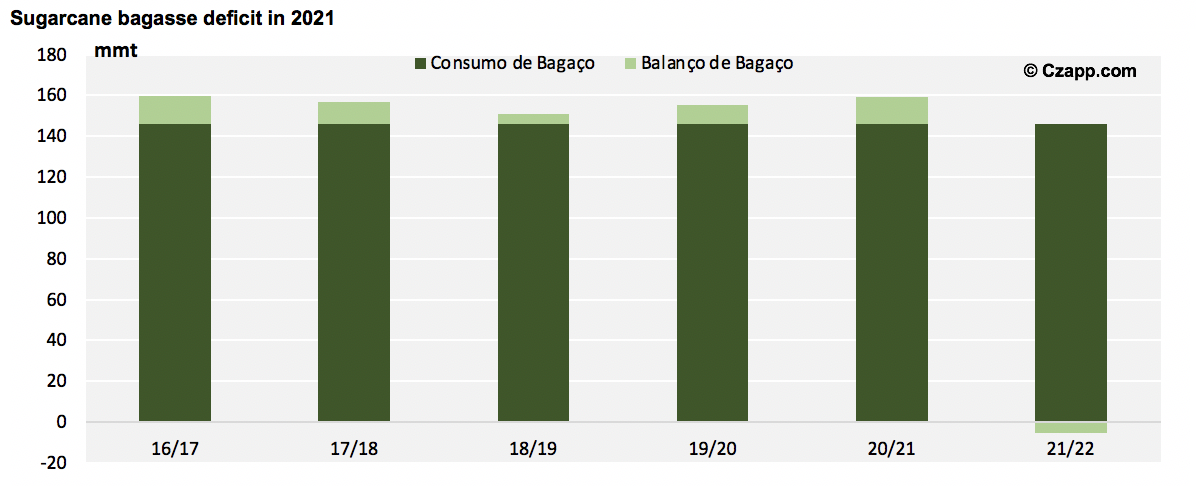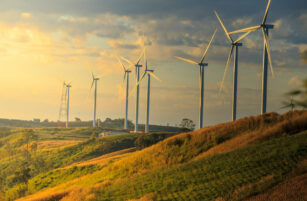Main points
- In response to the water crisis, the Government approved emergency measures to contain the situation.
- The measure foresees the activation of more thermoelectric plants, which will increase the price of energy.
- The drought also reduces the supply of sugarcane bagasse, creating an increase in the price of the product.
The electrical system and the water crisis
- This week, the federal government published a provisional measure that allows exceptional actions to face the water crisis.
- This measure allows the contracting of electric energy reserves on an emergency basis without specifying sources that can be activated.

- One of the main measures for this crisis is the reduction of hydroelectric flows. For this, thermoelectric plants that have a higher operating cost will be activated.
- The trend is for the price of energy to rise.
- Thus, the objective is to wait for the wet period to arrive (expected to start in November) maintaining a minimum volume of water in the reservoirs.
Drought and sugarcane bagasse prices
- The dry climate also impacts the agricultural productivity of sugarcane, which consequently reduces the green mass and bagasse for electricity generation by burning biomass.
- Sugarcane bagasse is responsible for the production of 8% of the country’s electricity.

- With the risk of missing bagasse, the price of biomass is already on the rise.
- For the state of São Paulo (SP), the average price is BRL85.8/mt against BRL39/mt in 2020 – an increase of 220%.
- In the state of Paraná (PR), the average price of bagasse increased by 186.1%, from BRL18.8/mt to BRL35/mt.














